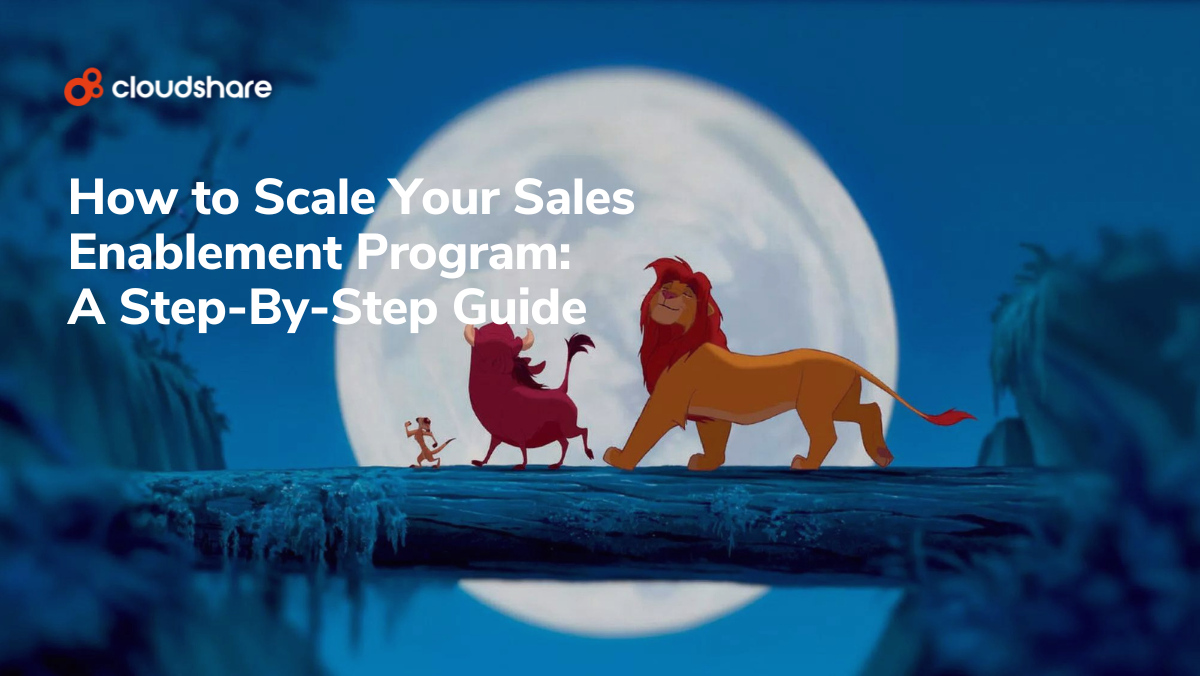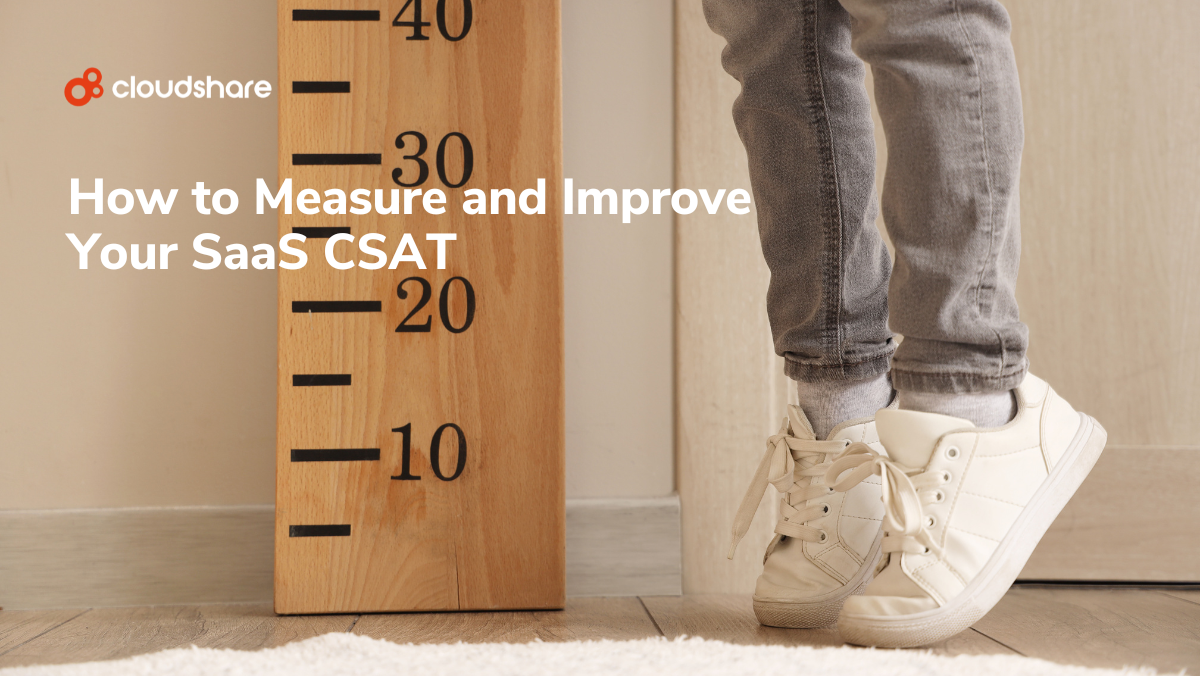
You already have a sales enablement program in place. But have you given any thought as to how that roadmap will evolve as your SaaS company grows? Will your systems and processes scale effortlessly with you?
If you don’t know the answer to that question, then it’s probably no. But we can help. Today, we’re going to discuss how to develop and scale an effective sales enablement strategy.
Step One: Lay Out Your Full Go-To-Market Strategy
Your sales enablement process is just one component of your overall GTM strategy. Essentially, this is a high-level roadmap detailing both how your company handles new product launches and how it manages and delivers existing products. Alongside sales enablement, it includes:
- Product development
- Positioning
- Marketing and promotion
- Sales execution
- Customer support
A clear GTM roadmap is crucial to scaling sales enablement for a few reasons. First, it defines your target markets, customers, distribution model, price, and messaging, all of which directly inform your sales enablement process. Second, the different GTM components need to be viewed alongside one another for context. It’s nearly impossible to operate an effective sales enablement program without a clear idea of your product’s positioning and market, for example.
Lastly, your roadmap also helps you identify which metrics and KPIs are most relevant to ensuring product growth — but more on that in a moment.
Step Two: Engage Leadership
As is the case with any strategic initiative, executive buy-in is a must. You need to ensure that your leadership teams not only understand the value of your sales enablement program but also that they’re aligned on key metrics and KPIs. This is best achieved through the following best practices:
- Use tailored language that resonates with each leader. For instance, you’d approach a sales leader differently than you’d approach the CEO of your company.
- Demonstrate an understanding of the pain points of each person you engage with. If possible, offer an explanation as to how your sales enablement training can address those pain points.
- Stay on top of everyone’s needs, including customers.
Step Three: Define Your Messaging
What’s the most effective way to connect with your target audience? Do they tend to frequent one social network more than the others? What sort of language do they typically use, and how might you adopt that into your sales and marketing processes?
Ideally, these are all questions you’ve answered, at least for your core audience. If not, we strongly recommend putting together some buyer personas and brainstorming the most effective way for your sales team to communicate with each.
Step Four: Develop Enablement Production Processes
Next, your sales enablement leaders are going to need time and resources to develop and deploy enablement processes for each line of business. If you’ve been following this guide, then you’ve already laid the groundwork for them to do so. They can work from an understanding of your products, messaging and core audience.
From there, they can hammer out enablement production for each segment of your business, defining the tasks and activities required to support sales enablement.
Step Five: Incorporate a Collaboration Model
Once you’ve got the basic framework of your enablement program planned out, your next step is to determine roles and responsibilities. The RACI model is your best bet at this stage. Also known as a Responsibility Assignment Matrix or linear responsibility chart, the RACI model helps streamline strategic initiatives by delineating clear roles and responsibilities for every stakeholder.
To implement RACI, define in writing who:
- Is Responsible for oversight and execution
- Is Accountable for keeping the process running.
- Must be Consulted about the initiative.
- Must be kept Informed about the initiative.
You don’t need to use the RACI model, of course. There are alternatives, some of which may actually be better-suited for your unique needs. For instance, McKinsey recommends the Deciders, Advisors, Recommenders and Execution (DARE) model.
According to the analyst, DARE addresses key shortcomings in RACI such as a lack of clear decision-makers, poor stakeholder orchestration, poor delegation practices and ineffective meeting management.
Whatever collaboration model you choose to adopt, make sure you have multiple people capable of fulfilling each role. Not only is this crucial to scaling your sales enablement program, but it also introduces redundancies into the framework. Your model won’t fall apart, for instance, if a key decision-maker leaves the company.
Step Six: Implement the Right Technology
Lastly, think about the sales enablement tools you’re currently using. If your organization experienced five years of consistent growth, would you still be able to leverage those same solutions without issue? If not, it’s past time you looked into new technology.
You’ll at the minimum want to find sales enablement technology that supports personalization, hands-on product demos, built-in analytics and support for a unified and consistent experience. More importantly, these tools should have a relatively simple learning curve and require minimal training to use effectively. Make the mistake of relying on something too complex, and your entire sales enablement initiative ends up bogged down in training.
You’ll also want to look for a sales enablement solution that ticks the following boxes:
- Built-in analytics for data-driven decisions
- Intelligent automation
- Streamlined, intuitive consolidated interface
- Ease of use
- Personalization
Delivering Smarter Sales Enablement at Scale
Sales enablement has long been the bread-and-butter of SaaS sales teams. Done right, it empowers your people and helps your business grow and thrive. In order to support that growth, however, you need a program that can scale with your sales team.
Otherwise, you’ll eventually be held back by a program that’s too small to support your changing needs.
Want to learn a bit more about what goes into a successful digital sales enablement program? Have a look at How to Build a Virtual Sales Enablement Process.




